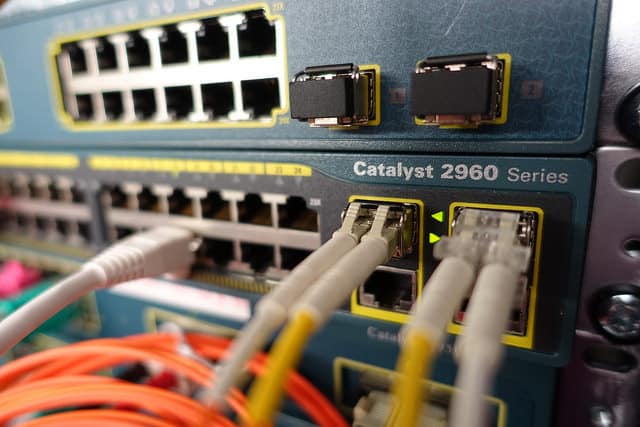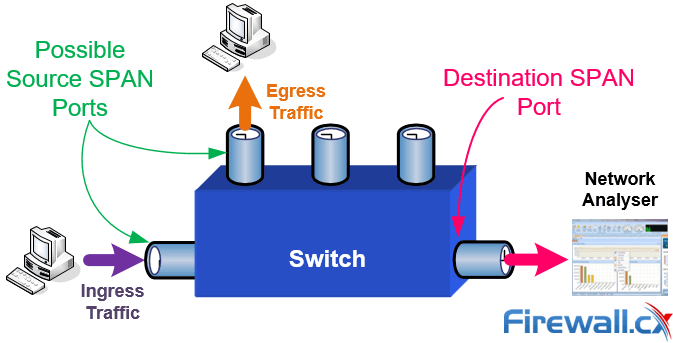

Professionals research & troubleshoot before they ask others for help. We expect our members to treat each other as fellow professionals.Any post that fails to display a minimal level of effort prior to asking for help is at risk of being Locked or Deleted.Surveys may be approved with the moderators' permission.But harassing members to check out your content will not be tolerated. You may share a URL to a blog that answers questions already in discussion. Directing our members to resources elsewhere is closely monitored.This sub prefers to share knowledge within the sub community.These posts will be deleted without mercy.These topics pollute our industry and devalue the hard work of others.Home Lab hardware discussions, as in "what do I buy for a homelab" are not permitted.Home Lab discussions, as a tool for learning & certifications are welcomed.Home Networks, even complex ones are best discussed elsewhere like /r/homenetworking.We aren't here to troubleshoot your "advanced" video game latency issues.Topics regarding senior-level networking career progression are permitted.This topic has been discussed at length, please use the search feature. Topics asking for information about getting into the networking field will be removed.Networking Career Topics are allowed with following guidelines: No Homework Topics without detailed, and specific questions.Enterprise /Data Center /SP /Business networking related.New Visitors are encouraged to read our wiki.Įnterprise & Business Networking topics such as:Įducational Topics & Questions are allowed with following guidelines: Could anyone shine some light on the process for me.Routers, Switches, Firewalls and other Data Networking infrastructure discussions welcomed. On my old Wiedmuller switches it was just a few clicks away. The only reference I can find to it is configuring via Telnet which I haven’t got a clue about. I believe it is called SPAN on Cisco switches. What do you call port mirroring on Cisco switches? Let me share with you the found information related to SPAN configuration. I have seen your post and I understand that you would like to configure SPAN on your 3560-x. My name is Diego and I am part of the Small business Support community. Ingress forwarding (destination port) Disabled Who is Diego on Cisco Catalyst 3560-x community? Encapsulation type (destination port) Native form (untagged packets). Source port traffic to monitor Both received and sent traffic ( both ). Table 29-1 Default SPAN and RSPAN Configuration Feature Default Setting SPAN state (SPAN and RSPAN) Disabled. Which is the default configuration for catalyst 3560? Why do we need port mirroring? Where can I find port mirroring on a Cisco Catalyst 3560-x? Port mirroring is used on a network switch to send a copy of network packets seen on one switch port (or an entire VLAN) to a network monitoring connection on another switch port. It helps administrators keep a close eye on network performance and alerts them when problems occur. Configure port mirroring on the destination port, and copy the packet from the source port to the destination port.Add the source port and destination port to VLAN.You can then pass this traffic to a destination port on the same router. Switched Port Analyzer (SPAN), which is also called port mirroring, or traffic mirroring enables you to monitor network traffic passing in, or out of, a set of ports. What do you call port mirroring on Cisco switches?.Who is Diego on Cisco Catalyst 3560-x community?.

Which is the default configuration for catalyst 3560?.Where can I find port mirroring on a Cisco Catalyst 3560-x?.What is port mirroring in Cisco switch?.


 0 kommentar(er)
0 kommentar(er)
